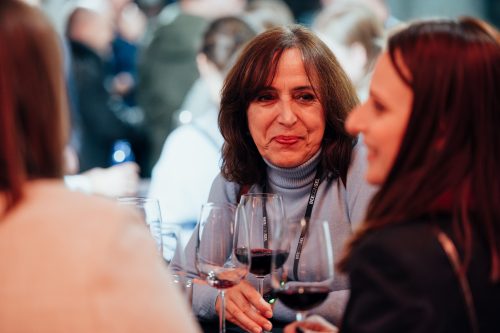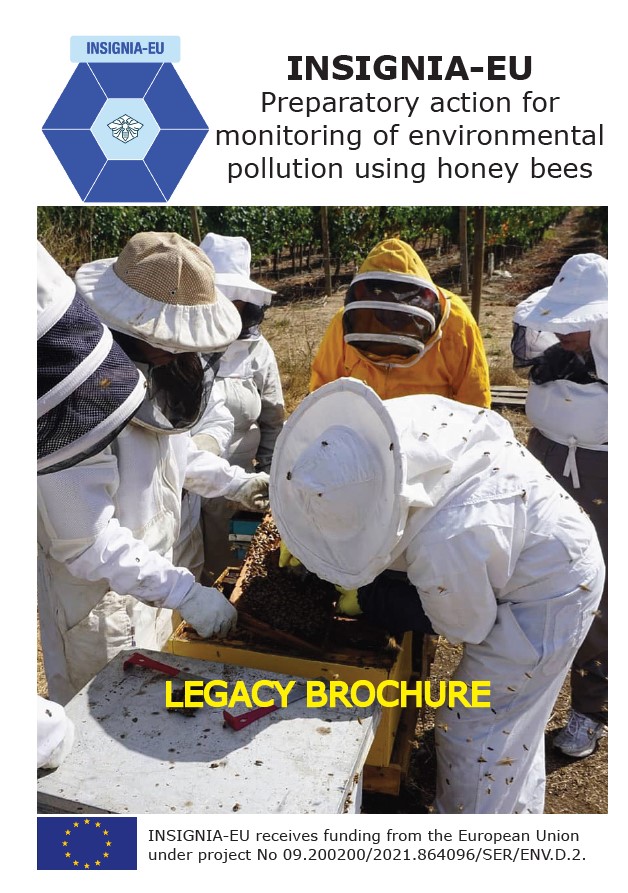
Picture impression from a happy day
We made it
INSIGNIA did present our results at our final conference at the European parliament in Brussel.
It was a very exciting and giving day. We did invite all our stakeholders online to our meeting. Many did join online.
Have a look on our presentations
The High-level segment presentation – or read the 2 hours presentation
And the conference presentation, where we went into the deeper analysis of the project.
https://webcast.ec.europa.eu/insignia-meeting
It was also our end meeting, where the main part of our national coordinators did join.
The project is over, but now is a new important part starting. Publication, dissemination and hopefully an INSIGNIA 3 on its way. We hope so.
We want deeply to thanks our 350 citizens scientist all over europe taking part our project. Without them we would not have a project.
We want to thank our sponsor, the EU Union, for supporting this very innovative project.
Legacy Brochure
Have a look on our Legacy Brochure. A nice easy to understand overview. Download here.
Final Conference
INSIGNIA Preparatory Action for monitoring of environmental pollution using honey bees
- HIGH-LEVEL SEGMENT (EUROPEAN PARLIAMENT) 5 December 2024 10:00-12:00. Online attendance only. Link: https://europeanparliament.webex.com/europeanparliament/j.php?MTID=m823087403d18c1eaf9862abb479435de
- CONFERENCE (EUROPEAN COMMISSION) 5 December 2024 13:30-18:00
Charlemagne building, Room Lord Jenkins Rue de la Loi 170, 1040 Bruxelles, Belgium. Webstreaming: INSIGNIA MEETING – Streaming Service of the European Commission – Please note the link at the beginning was wrong – now updated.
Right link here: https://webcast.ec.europa.eu/insignia-meeting
Presenting latest results of INSIGNIA 2024 – Madrid
Sjef van der Steen’s latest presentation at the BeeHealth symposium in Madrid 2024 June. Recording is a bit dark, sound is good – after 1 min!!
New Video podcast on INSIGNIA
Update on INSIGNIA-EU. We met in Madrid for a BeeHealth symposium where INSIGNIA-EU results were presented. We have been absent for a while, so listen to the Video podcast, where we also talk to our National Coordinators. Stay tuned…
Environmental assessment of PAHs through honey bee colonies – A matrix selection study
Alice Pinto, happy birthday

When we spot somebody having birthday in our consortium, we celebrate for sure.
We all congratulate Alice Pinto with her birthday today (16-12-2023).
Why not ask Bing’s AI. “Who is Alice Pinto”, and here it comes.
“M. Alice Pinto is a professor and a researcher from Portugal who specializes in honeybee genetics and conservation. She works at the Polytechnic Institute of Bragança and the Mountain Research Centre. She has published many papers and books on topics such as honeybee diversity, evolution, molecular research, and environmental monitoring. She is also involved in several national and international projects related to honeybee health and sustainability.”
As Alice did reply, “no reason to worry about AI, since I have done far more work in my life!”. Conclusion: AI still not an intellectual threat!
Alice with her team is an important and hardworking partner of INSIGNIA, doing the metabarcoding on all our pollen samples. A new way for pollen recognition and will become the way for pollen analysis in the future. It is still a long journey and big workload doing this and the databases are still not perfect, but after INSIGNIA a major step up is done.
Flemming Vejsnæs
Pictures are from the BeeConSel meeting in Ljubljana recently, where Alice was in the advisory board of the project.

INSIGNIA-EU podcast November 2023
Get the latest wrap-up on the INSIGNIA-EU. We answer the question – HOW FAR IS THE PROJEKT AT THE MOMENT. Enjoy.





